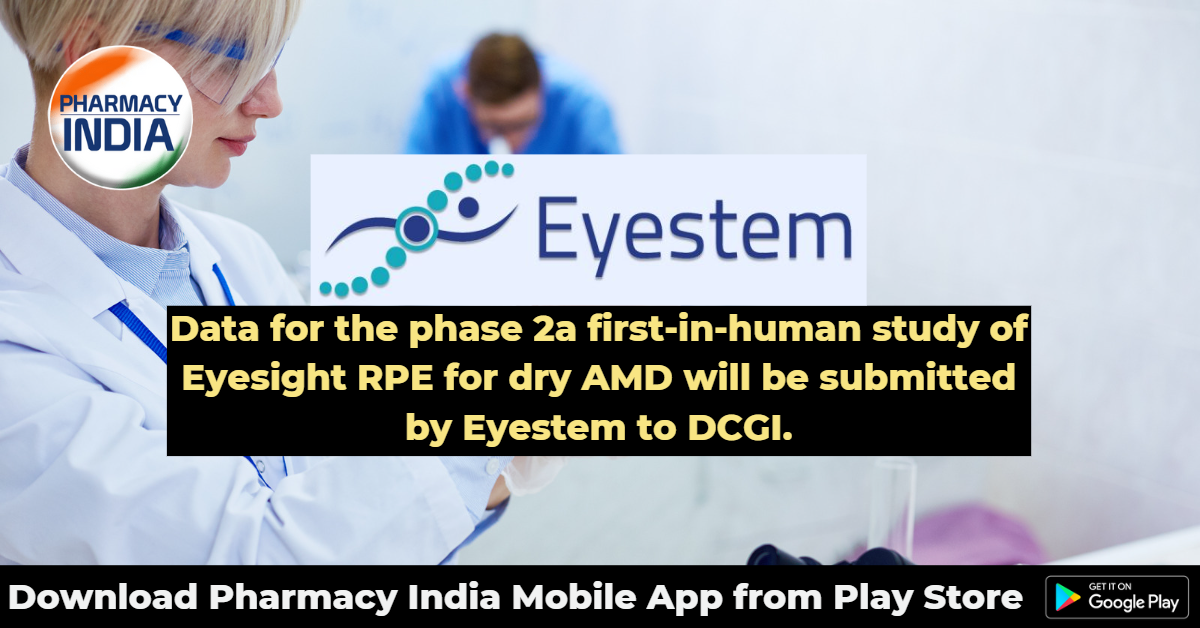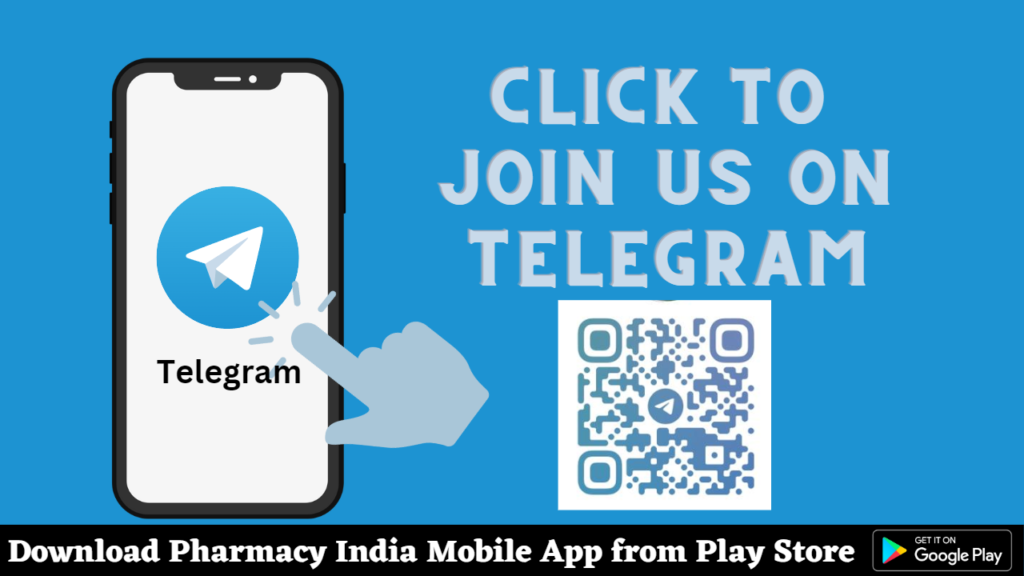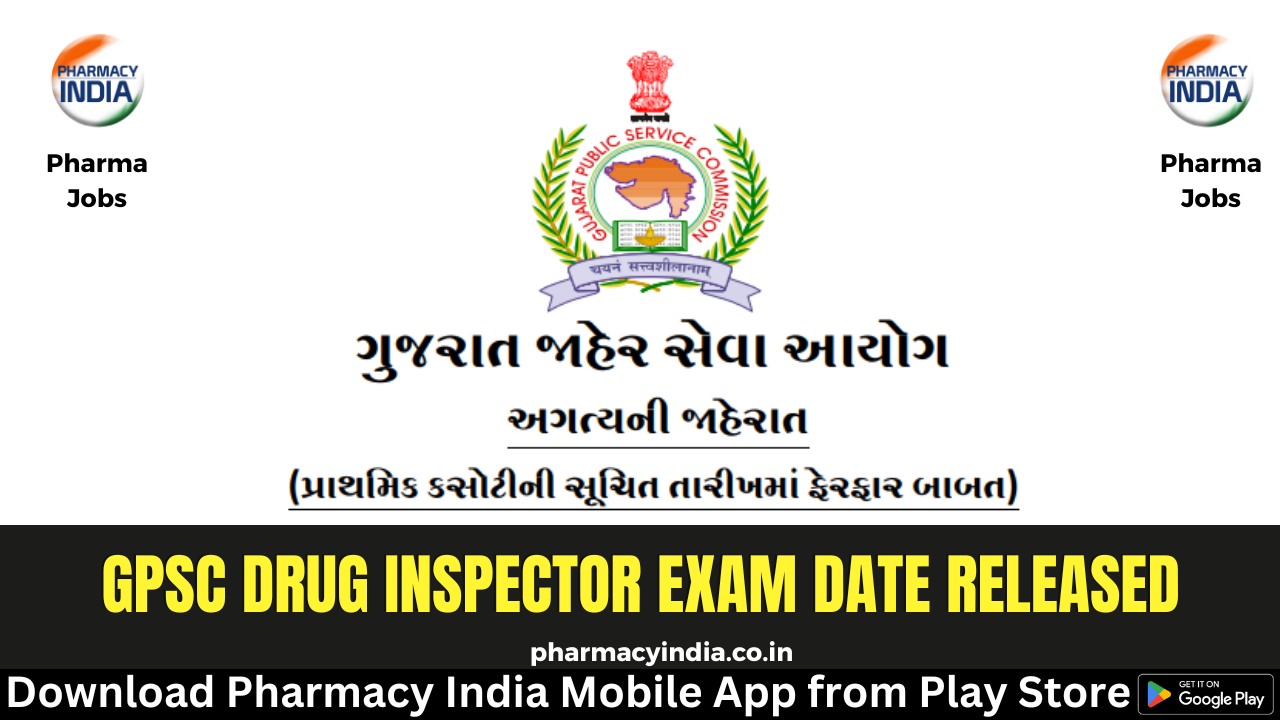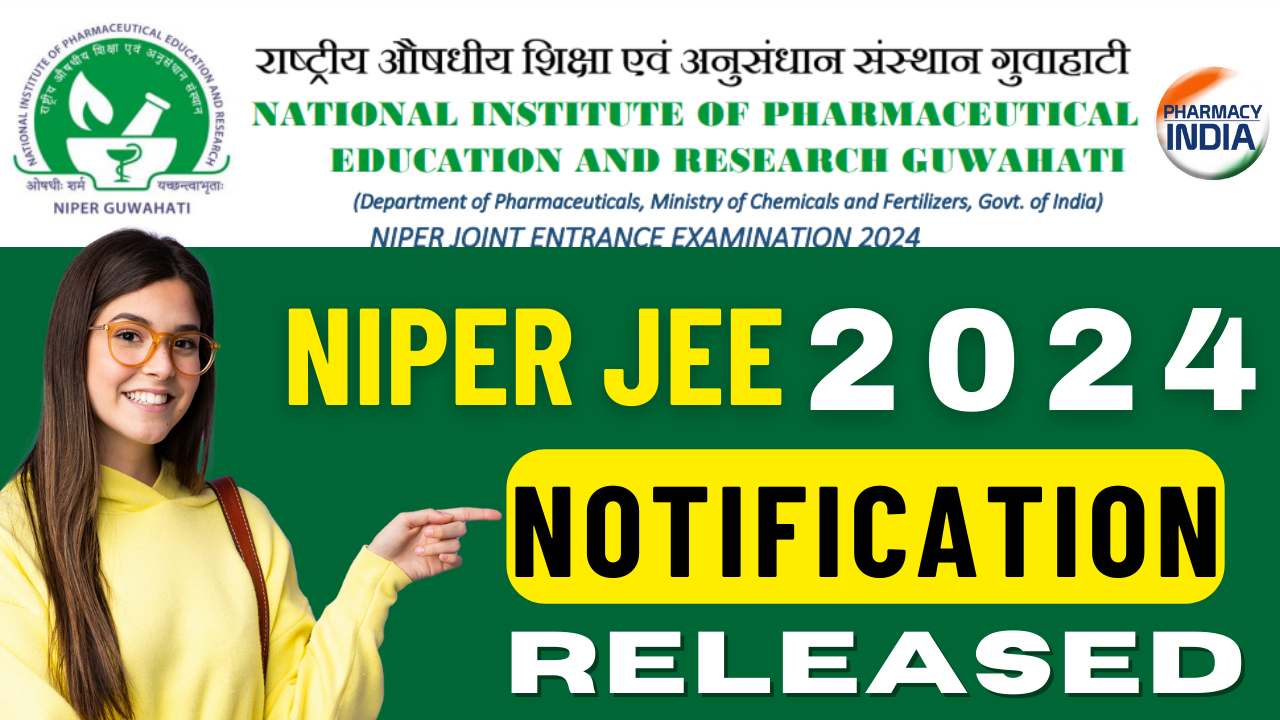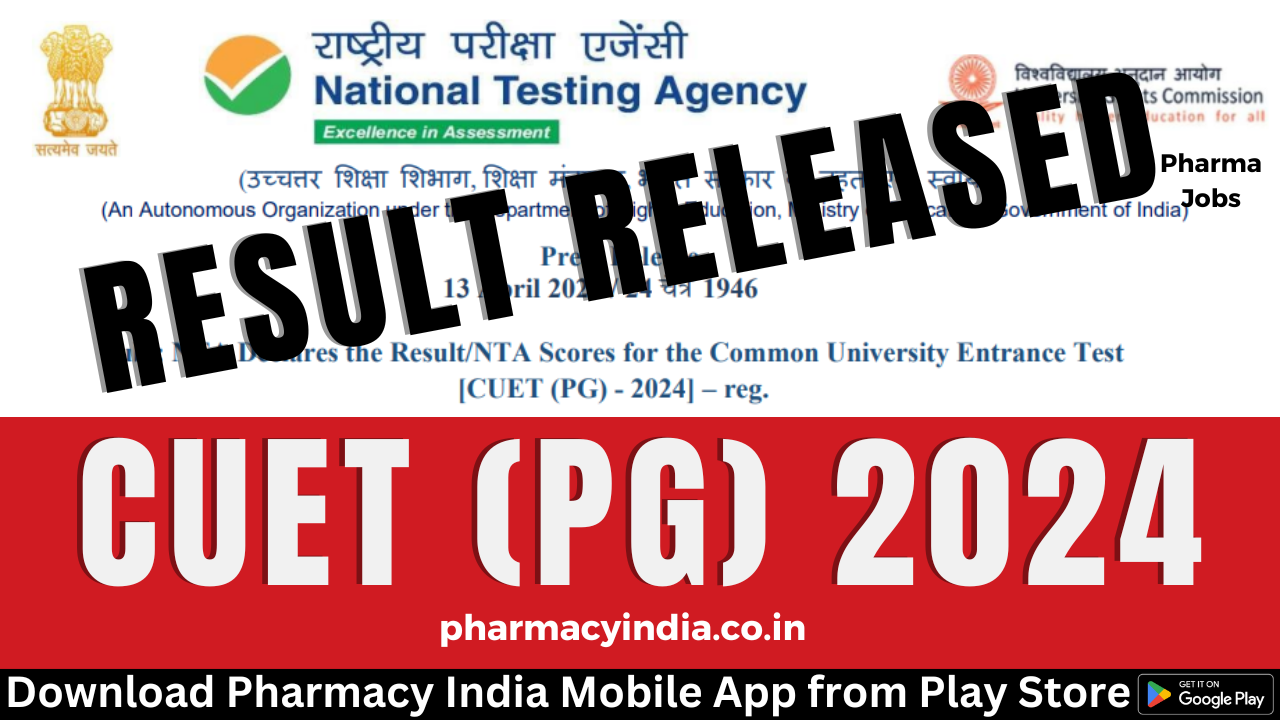The Drugs Controller General of India (DCGI) will receive data from Eyestem for approval of a phase 2a first-in-human research for its product called Eyesight RPE for dry age-related macular degeneration (AMD). The approval will mark a key turning point since dry AMD causes the destruction of the retina’s layer on which the photoreceptors are located, the retinal pigment epithelium. There is no solution for it anywhere in the globe, although around 3 crore people in this country suffer from it. There is now no such injection available for dry AMD, but there is another variety known as wet AMD for which injections can be given.
It is the main contributor to blindness in adults over 50. It affects about 170 million people worldwide, 30 million of whom live in India. One of the few startups working on cellular therapeutics to treat blindness and lung function loss is called Eyestem. It is leading the charge for treatments for idiopathic pulmonary fibrosis, retinitis pigmentosa, and AMD. Eyestem is just 3 years from its first commercial revenue.
As there is currently no treatment for this condition, according to Dr. Jogin Desai, CEO and creator of Eyestem, “we are hoping that we should be able to have a conversation with the DCGI about doing a phase 2b and then moving on to commercialization. The plan is to subretinally inject cells into the eye, where they will hopefully be deposited, integrated, and secrete some substances that can assist the eye recover from its damaged state. Retinal pigment epithelium cells lost are replaced by EyeCyte-RPE. For individuals with macular degeneration in the early stages, it is intended to restore sight, and for those in the later stages, it is intended to stop vision loss. Injections into the subretinal space are used to administer the allogenic substance. The first in-human application is currently being developed. Eyestem is one of six companies working on this solution internationally, said Dr. Desai.
Dr. Desai revealed that the clinical trial, however multicentric, will take place in India. India is where we’ll start. Our main location is in Hyderabad at the LV Prasad Eye Institute. We are also in communication with an additional hospital in Ahmedabad as well as the All India Institute of Medical Sciences (AIIMS) in New Delhi. The three key locations for us are as follows. They’ll start with 40 to 45 patients, roughly. Due to the need to demonstrate safety, we will begin by treating individuals who are legally blind. Safety is a prerequisite for efficacy. Once safety has been shown, a dose expansion strategy will be developed and patients with intermediate-stage dry AMD will be the next group of patients.
Dr. Desai went on to say that guidelines for cell and gene therapy have been issued by the Indian Council of Medical Research (ICMR). There are standards set by the Central Drugs Standard Control Organization (CDSCO). There is always an education phase when beginning a new therapy. For instance, the separating area in the eye is so narrow that just 100 microliters can be injected there. After that, how do you write your toxicological reports? How do you distribute biomaterials? That is a problem that our traditional medicine does not deal with. Thus, we are collaborating with the DCGI to share our problem-solving strategies with them.


